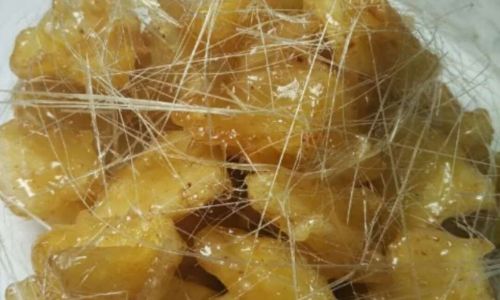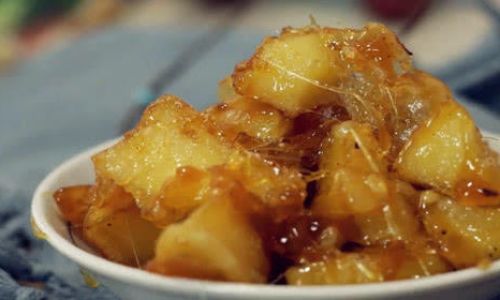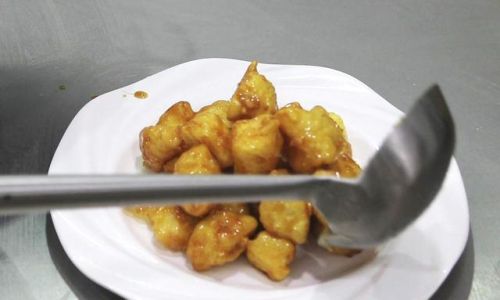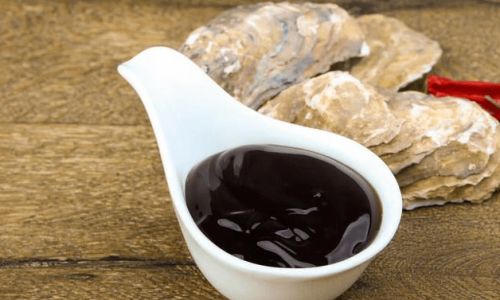Table of content
Candied apples, a timeless dessert loved across cultures, offer a delightful blend of crisp, tart apples encased in a shimmering, golden sugar coating. This treat, often associated with fairs, festivals, and family gatherings, is surprisingly easy to recreate at home. Whether you’re a seasoned home cook or a novice in the kitchen, this guide will walk you through the steps to achieve perfect candied apples every time. We’ll explore the science behind the sugar syrup, the best apple varieties to use, and tips to avoid common pitfalls. By the end of this article, you’ll be equipped to impress friends and family with a dessert that balances simplicity and elegance.
The Allure of Candied Apples
Candied apples, also known as “toffee apples” in some regions, trace their roots to ancient confectionery traditions. The concept of coating fruit in sugar syrup dates back centuries, but the modern version we know today gained popularity in the early 20th century. Today, they symbolize joy, nostalgia, and the sweetness of shared moments. Their crunchy exterior and juicy interior make them a crowd-pleaser, and their vibrant appearance adds a festive touch to any occasion.
Ingredients: Simplicity at Its Core
The beauty of candied apples lies in their minimalistic ingredient list. You’ll need:
- 4–6 medium apples: Choose firm, crisp varieties like Granny Smith, Fuji, or Honeycrisp.
- 2 cups granulated sugar: The star ingredient for creating the glossy coating.
- 1 cup water: To dissolve the sugar and control texture.
- 1/2 cup light corn syrup: Prevents crystallization and ensures a smooth finish.
- 1 teaspoon vinegar or lemon juice: Adds acidity to balance sweetness.
- 1/2 teaspoon red food coloring (optional): For a classic vibrant hue.
- Wooden skewers or popsicle sticks: For easy handling.
- Cooking oil: To grease the baking sheet and prevent sticking.
Step-by-Step Instructions
Preparing the Apples
Start by washing the apples thoroughly under cool water to remove wax or residue. Pat them dry with a clean towel—any moisture can prevent the sugar coating from adhering properly. Remove the stems and insert wooden skewers or popsicle sticks into the top of each apple, pushing about halfway through the flesh. For stability, ensure the stick is centered and secure.
Creating the Sugar Syrup
The sugar syrup is the heart of this recipe. In a heavy-bottomed saucepan, combine the sugar, water, corn syrup, and vinegar (or lemon juice). Stir gently over medium heat until the sugar dissolves completely. Avoid stirring once the mixture begins to boil, as this can cause crystallization. Instead, use a pastry brush dipped in water to wash down any sugar crystals clinging to the sides of the pan.

Bring the mixture to a boil and monitor the temperature with a candy thermometer. The ideal temperature for candied apples is between 300°F and 310°F (149°C to 154°C), known as the “hard crack” stage. At this point, the syrup will turn a golden amber color. If you don’t have a thermometer, test the syrup by dropping a small amount into a bowl of cold water. If it hardens instantly and snaps when bent, it’s ready.
Adding Color and Flavor (Optional)
For a traditional red hue, stir in the food coloring during the final minutes of boiling. You can also experiment with natural alternatives like beet juice or hibiscus tea. For added flavor, consider incorporating a teaspoon of cinnamon, vanilla extract, or a pinch of sea salt into the syrup before removing it from heat.
Coating the Apples
Once the syrup reaches the desired temperature, remove the pan from heat immediately. Working quickly, tilt the pan to create a deeper pool of syrup and dip each apple, swirling it gently to coat evenly. Hold the apple above the pan for a few seconds to allow excess syrup to drip off. Place the coated apples on a greased baking sheet lined with parchment paper or a silicone mat.
Pro Tip: If the syrup begins to harden before you’ve coated all the apples, gently reheat it over low heat until it reaches a pourable consistency.

Cooling and Setting
Allow the apples to cool undisturbed for at least 30 minutes. The syrup will harden into a glossy, crackly shell. Resist the temptation to touch them during this time, as even a slight nudge can cause imperfections.
Tips for Perfect Candied Apples
- Apple Selection: Opt for tart apples to balance the sweetness of the coating. Avoid soft varieties like McIntosh, as they may release juice and soften the syrup.
- Temperature Control: Maintain consistent heat when boiling the syrup. Fluctuations can lead to a grainy texture.
- Stick Placement: Ensure the skewers are inserted firmly to prevent the apples from slipping during dipping.
- Work Quickly: The syrup hardens rapidly once removed from heat, so coat the apples one by one without delay.
- Storage: Store candied apples in a cool, dry place for up to 24 hours. Humidity can cause the coating to soften or weep.
Common Mistakes and How to Avoid Them
- Crystallization: This occurs when sugar molecules recrystallize, resulting in a grainy coating. To prevent this, avoid stirring the syrup once it boils and use corn syrup or an acid like vinegar to inhibit crystal formation.
- Burnt Syrup: Overheating the syrup can lead to a bitter taste. Use a candy thermometer and monitor the temperature closely.
- Uneven Coating: Insufficient swirling during dipping can leave bare patches. Rotate the apple slowly to ensure full coverage.
- Sticky Apples: If the coating remains tacky, the syrup may not have reached the correct temperature. Invest in a reliable thermometer for accuracy.
Creative Variations
Candied apples are a blank canvas for culinary creativity. Here are a few ideas to customize your treats:
- Chocolate-Dipped: After coating the apples in sugar syrup, dip the bottom half in melted dark, milk, or white chocolate. Sprinkle with crushed nuts, coconut, or sprinkles before the chocolate sets.
- Caramel Swirl: Drizzle homemade caramel sauce over the hardened sugar coating for a decadent twist.
- Spiced Apples: Add a teaspoon of pumpkin spice, chai masala, or star anise to the syrup for a warming flavor profile.
- Mini Candied Apples: Use small apples or slice apples into wedges, coat them in syrup, and serve as bite-sized treats.
The Science Behind the Sweetness
Understanding the chemistry of sugar syrup can elevate your candied apples from good to exceptional. When sugar is heated, it undergoes a process called “caramelization,” where the molecules break down and recombine into new compounds that impart color and flavor. The addition of corn syrup (an invert sugar) interferes with crystallization by disrupting the formation of sugar crystals, resulting in a smoother coating.
The vinegar or lemon juice contributes acidity, which lowers the pH of the syrup and further inhibits crystallization. This combination of ingredients ensures a flawless, glass-like shell that shatters crisply with each bite.

Serving Suggestions
Candied apples are versatile desserts that can be enjoyed in various settings:
- Festive Gatherings: Display them on a platter at Halloween parties, Christmas feasts, or birthday celebrations.
- Edible Gifts: Wrap individual apples in cellophane and tie them with ribbons for thoughtful homemade presents.
- Dessert Pairings: Serve alongside vanilla ice cream, whipped cream, or a slice of sharp cheddar cheese for a contrast of textures and flavors.
Healthier Alternatives
For those mindful of sugar intake, consider these lighter adaptations:
- Honey or Maple Syrup: Replace granulated sugar with equal parts honey or maple syrup for a natural sweetness. Adjust the cooking time, as these ingredients may caramelize faster.
- Stevia or Monk Fruit: Use sugar-free alternatives, but note that the texture may differ slightly.
- Baked Apples: Skip the sugar coating altogether and bake apples with cinnamon, oats, and a drizzle of honey for a healthier twist.
Conclusion
Candied apples are more than just a dessert—they’re a labor of love that rewards patience and precision. By mastering the art of sugar syrup and selecting quality ingredients, you can create a treat that delights the senses and sparks joy. Whether you stick to the classic recipe or experiment with bold flavors, the key lies in balance: a crisp apple, a flawless coating, and a touch of creativity. So, the next time you crave a sweet indulgence, grab your apron, gather your ingredients, and embark on a journey to craft candied apples that are as delicious as they are simple. Your taste buds—and your loved ones—will thank you.






0 comments